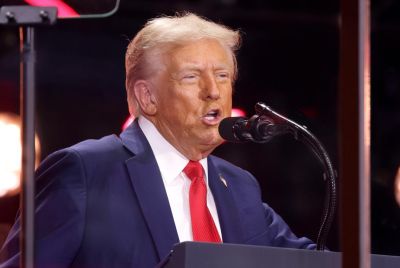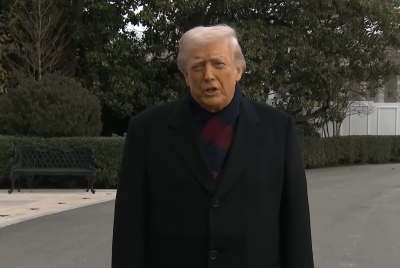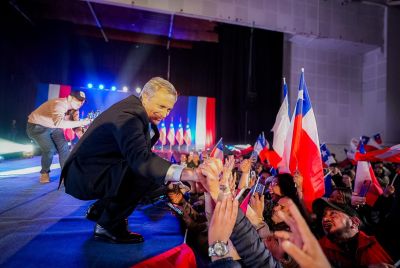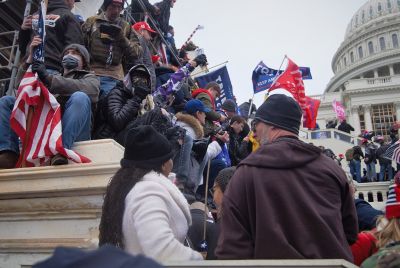JFK files: How a Soviet lie that the CIA shot the US president became the original 'fake news' story
KEY POINTS
- Thousands of CIA and FBI documents on the assassination of John F. Kennedy have been released
- Russia first spread the now-debunked story that the CIA killed JFK.
Few events in modern history are as shrouded in mystery and heaped with controversial, barely plausible conspiracy theories as the assassination of former US President John F. Kennedy.
It is hoped that the recent declassification of thousands of FBI and CIA documents will put to bed some of the most outrageous tales relating to the president's death, as historians, journalists, and those with a morbid fascination in the charismatic leader's killing sift through the so-called JFK files.
The much-derided magic-bullet theory, for instance, suggests that he was killed by the same shot that injured then-Texas Governor John Connally. Others pin the blame on his wife Jackie, the Freemasons, Lyndon Johnson, or Lee Harvey Oswald sent mad by an addiction to refined sugar.
Unfortunately, changing widely held beliefs on an event as complex and muddled with inaccuracies as the shooting of a world leader is easier said than done. This is already proven by the lingering idea that the CIA shot JFK. This seed first planted by the Soviet Union is, arguably, one of the first fake news stories of modern times.
The Soviet Union perfected the use of fake news as modern propaganda through the dezinformatsia - disinformation - of the KGB, its intelligence service. The conspiracy theory that the CIA assassinated John F Kennedy is rooted in Soviet dezinformatsia and is a great example of how effective it can be. Polling today shows a not insignificant number of Americans still believe the conspiracy.
By blending fact and fiction, it becomes harder to tell which is which, a classic technique of dezinformatsia, and something we see in today's internet fake news. Falsities are smuggled underneath facts, giving them credibility and believability. And this is what happened with the JFK conspiracy. It's a long, complex story. But in essence, it goes like this.
A businessman called Clay Shaw who travelled behind the Iron Curtain was a post-war source for the CIA, unpaid, until around 1956. In 1967, two years after the official US government investigation into Kennedy's assassination had concluded, the district attorney in Dallas, Jim Garrison, suddenly opened his own. Nobody really knew why, but officials in the federal government assumed he must have had new information.
"Garrison ostentatiously arrested an urbane local businessman named Clay Shaw and charged him with masterminding a plot that culminated in President Kennedy's death," wrote Max Holland, a noted historian, in a lengthy and meticulously researched essay published as a rebuttal of the conspiracy theory on the CIA's website. Shaw was suspected by Garrison of being part of a group involving Lee Harvey Oswald, who had already been convicted of Kennedy's murder.

The arrest prompted the CIA to search their files, fearful they had missed some crucial information when pursuing Kennedy's assassin. All they could find on Shaw was his innocuous work as a source who travelled into the Soviet sphere on business.
Somehow, this information leaked out into the pro-Soviet Italian newspaper Paese Sera, which alleged in a report that a Rome-based trade group the Centro Mondiale Commerciale (CMC), of which Shaw was a board member, was a CIA front for political espionage. Paese Sera, wrote Holland, had "well-documented involvement in dezinformatsia" on behalf of the Soviets.
These explosive claims - of a CIA conspiracy linked to a man now accused of plotting the Kennedy assassination - worked their way throughout the European left-wing media. It was bolstered by an unrelated but concurrent story in the mainstream media about how the CIA had funded anti-communist groups in Italy.
Eventually, the Soviet organ Pravda in Moscow republished them under the headline: "Clay Shaw of the CIA". The KGB had solidified the loose rumours, falsehoods, and facts into one coherent story – and spread it around the world, including the US media.
When Garrison saw the original Paese Sera report, he believed he was onto something incredible: a CIA plot involving Shaw to assassinate a US president. Garrison prosecuted Shaw. It was a sensational news story in the US. "Dezinformatsia thus exerted a profound influence on the prosecution of Clay Shaw," Holland said. Of course, Garrison's case was utterly baseless, and Shaw was found innocent at trial.
"Paese Sera's 1967 scoop was built around certain undeniable facts: the CMC had existed in Rome; Shaw had been a board member; and now he was charged with having conspired to murder President Kennedy," Holland wrote. All of this fact and fiction was muddled by the Soviets and their allies, creating the lasting conspiracy theory that the CIA had a hand in JFK's murder.
The KGB called dezinformatsia "active measures" and saw it as a "major weapon system" during in the Cold War, says Professor Richard H. Shultz, director of the International Security Studies Program at Tufts University in the US, and author of a book called Dezinformatsia: Active Measures in Soviet Strategy.
Schultz says you can see a revival of such active measures through Russian-backed media outlets such as RT and Sputnik, which often push fake news or use discredited 'experts' in their reporting to push a particular line or agenda, and have found significant success online.
Decades later, the CIA-JFK conspiracy theory still lingers on. Declassification of secret files is just the first step to undoing the damage of fake news.






















